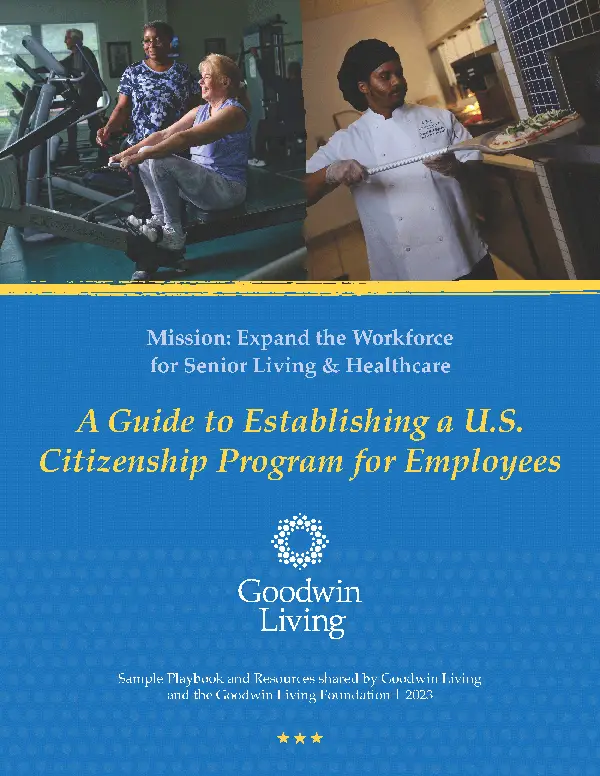
Live Wisely - May 10, 2019
Have you been recycling and composting for years? Or are you still pretty “green” when it comes to being environmentally conscious? Either way, there are small steps you can take on a personal level, within your own home and neighborhood, that help make a difference in dealing with the challenges of climate change.
A great way to go green is to talk with others about the topic. You might be surprised to learn what your friends and family know and what they do to help. As you have everyday conversations with people, try to engage in discussions about climate change. Here are two thought-provoking ideas to help get you started:
Do you know your carbon footprint? A carbon footprint is “the total amount of greenhouse gasses produced to directly and indirectly support human activities.” Carbon footprints are expressed in amounts of carbon dioxide, the most prevalent greenhouse gas. Widely considered an expert on the subject, English researcher and profession Mike Berners-Lee wrote an entire book about carbon footprints. In How Bad are Bananas? The Carbon Footprint of Everything, Berner-Lee explores a wide range of activities and items to help us understand the impact we have on the environment, and the choices we can make to reduce it. Estimate your own footprint using this carbon footprint calculator.
Did you know that there is 40 percent more CO2 in Earth’s atmosphere since the Industrial Revolution? Considering the lifespan of our planet (4.5 billion years), this is a dramatic increase that began in the late 1700s. And humans continue to add 70 million metric tons of carbon dioxide to the atmosphere daily. Talk about that with your friends!
1. Go car-free. Leaving your vehicle at home when you can limit your fossil fuel consumption and is an effective practice. Plan to walk or bike when reasonable, or take public transportation. Another often-overlooked saver when it comes to car use? Subscribe to delivery services for groceries, prescriptions and other necessities. This eliminates solo trips to the store.
2. Change your lights. Replace less-efficient lights with LED (light-emitting diode) bulbs, which are at least 75 percent more efficient than incandescent bulbs and last 25 times longer. The U.S. Department of Energy projects that widespread use of LEDs could save as much as 348 TWh of electricity by 2027. That’s the equivalent annual electrical output of 44 large electric power plants (1000 megawatts each), and a total savings of more than $30 billion at current electricity prices.
3. Promote renewable energy. Private geothermal, bioenergy, solar and wind systems are getting cheaper around the world. They may be as cost-effective as fossil fuels by 2020. More public and private utilities are sourcing renewable energy for their grids, offering customers a choice about how to power their current homes. Find out what your local utilities are doing to move towards these renewable sources, and consider contacting them to express your support for any efforts they are making.
4. Lobby for better refrigerants. Getting rid of HFCs (chemicals in fridges and air conditioning that absorb and release heat to enable chilling) substantially reduces emissions. That’s because HFCs are up to 9,000 times more warming for the atmosphere than CO2. To date, more than 170 countries have agreed to start phasing out HFCs in 2019 and replacing them with natural substitutes such as ammonium and propane. You can be part of the solution by responsibly disposing of refrigerants or the appliances that contain them. You can recycle refrigerant by selling it to a collection company. You also can reduce your own use of HFCs by setting your house temperatures slightly higher during hot weather – even a degree or two can make a difference
5. Cook smarter! Did you know that food handling uses the greatest proportion of energy in the food sector, above agricultural production? This includes food packaging and storage, as well as the energy used heating and holding food. Be sure to thaw ingredients first to cut down their cooking time. Use cookware sized to best distribute heat to the ingredients you’re using. And upgrade to Energy Star-rated appliances whenever possible.
As serious as global warming and climate change are, you can make simple, effective choices and cultivate optimism. Leading by example speaks loudly and may prompt others to action. If we’re all rowing in the same direction, we may keep our collective heads above water—and with the threat of rising sea levels, we can take that statement quite literally.
____________
Kristine Jepsen is a writer and editor for literary journals online and in print, as well as a professional business counselor, Pilates and Oula! dance instructor, grant-writer, and brand content developer. Her work with Goodwin Living At Home centers on health and wellness along the aging continuum, covering topics as diverse as dating apps and financial scams. She lives on a farm in the Midwest with her horse-loving tween daughter and many four-legged friends, large and small.
